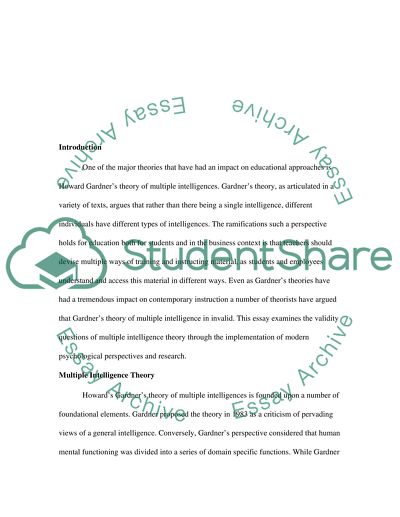Cite this document
(“Multiple Intelligences Research Paper Example | Topics and Well Written Essays - 2500 words”, n.d.)
Retrieved from https://studentshare.org/miscellaneous/1594582-multiple-intelligences
Retrieved from https://studentshare.org/miscellaneous/1594582-multiple-intelligences
(Multiple Intelligences Research Paper Example | Topics and Well Written Essays - 2500 Words)
https://studentshare.org/miscellaneous/1594582-multiple-intelligences.
https://studentshare.org/miscellaneous/1594582-multiple-intelligences.
“Multiple Intelligences Research Paper Example | Topics and Well Written Essays - 2500 Words”, n.d. https://studentshare.org/miscellaneous/1594582-multiple-intelligences.


